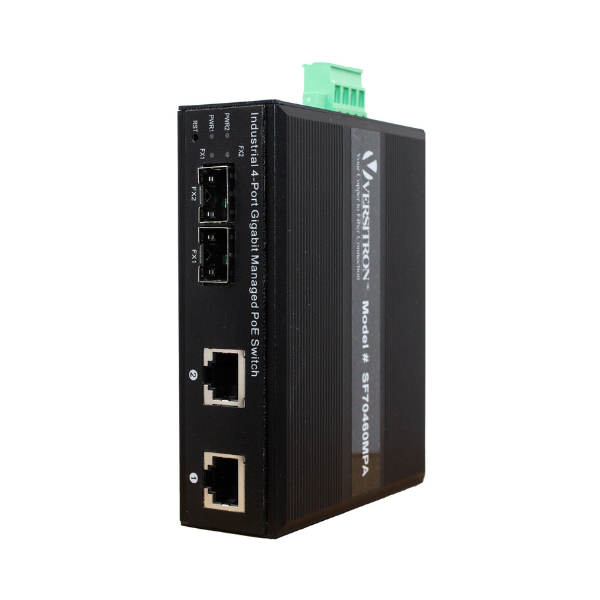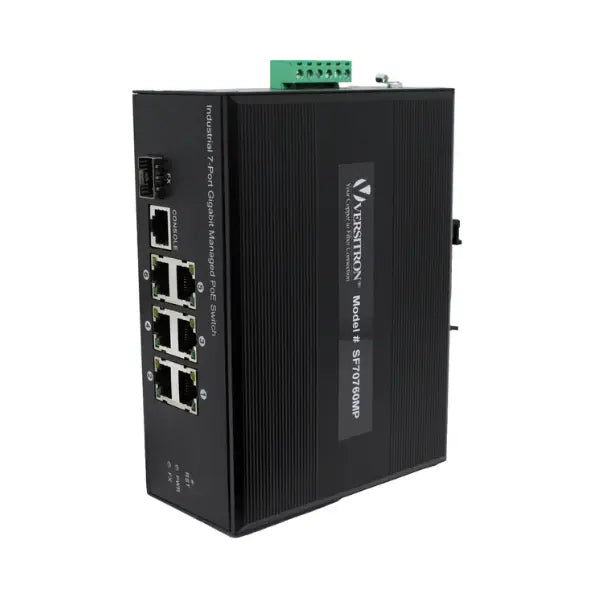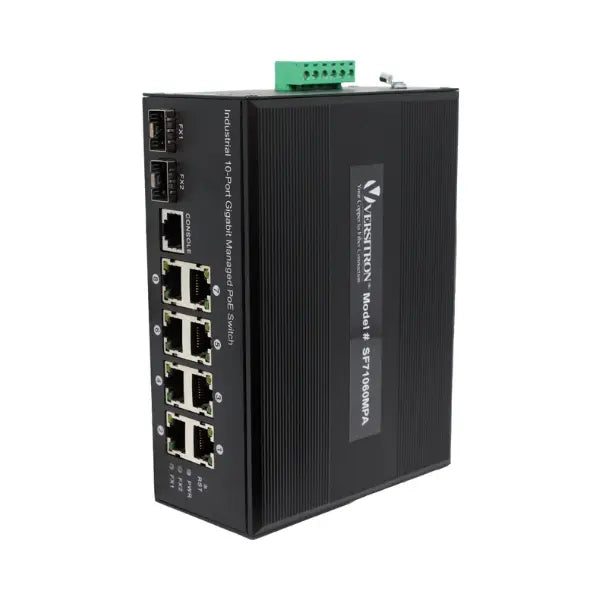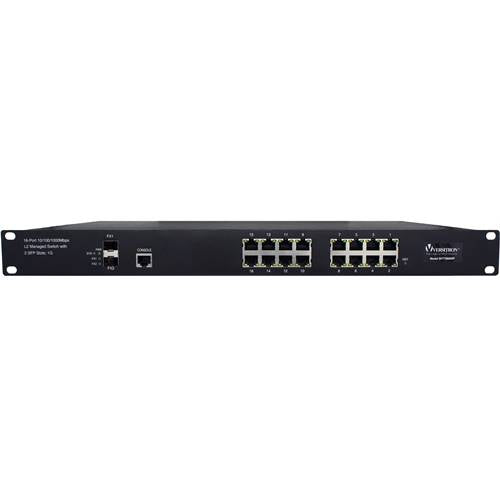While fiber optic cables with increased bandwidth are gaining popularity, copper cabling remains in use due to its favorable conductivity, heat resistance, and cost-effectiveness. It is extensively utilized in horizontal cabling and Power over Ethernet (PoE) applications. Installing copper cabling is not as straightforward as it may seem; IT professionals must adhere to the cabling standards established by ANSI/TIA to ensure proper wiring patterns and cable performance.

In July 2018, TIA standard for the balanced twisted pair cable system, ANSI/TIA-568.2-D, received approval for publication. This standard, in comparison to its predecessor TIA-568.C.2, introduces notable changes, such as the inclusion of 28 AWG cables and the MPTL configuration.
In the rapidly evolving landscape of information technology, the seamless flow of data has become a fundamental requirement for businesses and organizations. Networking infrastructure forms the backbone of this digital ecosystem, enabling efficient communication and data transfer. One of the key standards that govern the design and implementation of structured cabling systems is ANSI/TIA 568.2-D. Let’s understand the significance of ANSI/TIA 568.2-D in shaping modern networking device infrastructure, exploring its evolution, key features, and its crucial role in ensuring reliable and high-performance communication networks.
Understanding ANSI/TIA 568.2-D
The ANSI/TIA 568 series of standards, developed by the Telecommunications Industry Association (TIA), outlines the specifications for the design and installation of structured cabling systems. Among these, ANSI/TIA 568.2-D stands out as a pivotal document, providing guidelines for balanced twisted-pair cabling components and systems. This standard is indispensable for architects, network designers, and installers who aim to create robust and efficient networking infrastructures.
Key elements covered by the ANSI/TIA-568.2-D standard includes:
Cabling Components and Performance: Specifications for different components of the cabling system, such as cables, connectors, and patch cords, along with performance requirements to ensure proper signal transmission.
Cable Categories: The standard often defines various cable categories (e.g., Cat 5e, Cat 6, Cat 6a, Cat 7) and outlines their performance characteristics. Each category is designed to support specific data rates and applications.
Testing and Certification: Procedures for testing and certifying cabling installations to ensure they comply with the standard's performance requirements. This typically involves using specific testing equipment and methodologies.
Installation Guidelines: Recommendations for the proper installation of cabling, including practices for cable routing, termination, and grounding to minimize interference and ensure optimal performance.
Compatibility and Interoperability: Considerations for ensuring compatibility and interoperability between different components and systems, allowing for the seamless integration of various network devices.
Evolution of ANSI/TIA 568 Standards
To comprehend the significance of ANSI/TIA 568.2-D, it is essential to trace the evolution of the ANSI/TIA 568 standards. The initial release, ANSI/TIA 568-A, emerged in the early 1990s, establishing the groundwork for structured cabling systems. Subsequent revisions, such as ANSI/TIA 568-B and ANSI/TIA 568-C, refined the standards to accommodate advancements in networking technologies.
ANSI/TIA 568-C, the predecessor to ANSI/TIA 568.2-D, introduced several improvements, including enhanced performance categories and specifications for cabling components. However, the demand for higher data rates and the evolution of networking technologies necessitated further updates, leading to the development of ANSI/TIA 568.2-D.
Key Features of ANSI/TIA 568.2-D
Performance Categories:
ANSI/TIA 568.2-D classifies cabling into performance categories, commonly known as Cat. These categories specify the maximum data rates and bandwidth that the cabling can support. With the relentless progression of networking technologies, ANSI/TIA 568.2-D accommodates higher performance categories, ensuring that cabling systems can meet the demands of contemporary applications.
Connector and Cabling Specifications:
The standard provides detailed specifications for connectors and cabling, emphasizing the importance of uniformity in the design and implementation of networking infrastructures. This ensures interoperability among components from different manufacturers, promoting a standardized and reliable networking environment.
Testing and Certification:
ANSI/TIA 568.2-D emphasizes the significance of testing and certification in validating the performance of cabling systems. Compliance with the standard is verified through rigorous testing procedures, assuring end-users that the installed infrastructure meets the specified performance criteria.
Future-Readiness:
Recognizing the dynamic nature of technology, ANSI/TIA 568.2-D incorporates provisions for future enhancements. This forward-looking approach ensures that networking infrastructures built in accordance with the standard can accommodate emerging technologies without the need for major overhauls.
Crucial Role in Networking Device Infrastructure
Reliability and Performance:
ANSI/TIA 568.2-D plays a pivotal role in ensuring the reliability and performance of networking device infrastructure. By establishing standardized specifications for cabling components, the standard mitigates the risk of signal degradation and interference, contributing to the creation of stable and high-performing networks.
Interoperability:
Interoperability is a cornerstone of effective networking. ANSI/TIA 568.2-D's emphasis on standardized connectors and cabling specifications facilitates seamless integration of diverse networking components. This interoperability not only simplifies the installation process but also allows for the creation of heterogeneous networks that leverage the strengths of various technologies.
Scalability:
The scalability of networking infrastructures is a critical consideration in a world where data demands are constantly increasing. ANSI/TIA 568.2-D, by providing a framework for higher performance categories and future-readiness, enables organizations to scale their networks without the need for significant infrastructure overhauls. This adaptability is crucial for businesses experiencing growth or technological advancements.
Cost-Efficiency:
Implementing ANSI/TIA 568.2-D compliant cabling systems promotes cost-efficiency in the long run. The standardized components and testing procedures reduce the risk of compatibility issues and performance-related problems, minimizing the need for costly troubleshooting and repairs. Moreover, the future-ready design of the standard ensures that investments in networking infrastructure remain relevant over time.
Compliance and Certification:
Adhering to ANSI/TIA 568.2-D standards is not just a best practice but often a requirement in many industries. Compliance ensures that networking infrastructures meet recognized benchmarks for performance and reliability. Certification processes validate this compliance, providing organizations and end-users with confidence in the quality and capabilities of the installed cabling systems.
Implementation Challenges and Best Practices
While ANSI/TIA 568.2-D provides a comprehensive framework for designing and implementing networking device infrastructure, certain challenges may arise during the implementation phase. To address these challenges, adhering to best practices is crucial:
Thorough Planning: A well-thought-out plan is essential for the successful implementation of ANSI/TIA 568.2-D compliant infrastructures. This includes considerations for current and future requirements, spatial constraints, and potential sources of interference.
Skilled Installation and Testing: Employing skilled professionals for the installation and testing phases is paramount. Proper installation practices and adherence to testing protocols outlined in the standard are essential to ensure that the cabling system performs as intended.
Documentation: Accurate documentation is key to maintaining and troubleshooting networking infrastructures. Detailed records of cable runs, connection points, and testing results should be maintained to facilitate efficient management and future expansions.
Regular Maintenance and Upgrades: Regular maintenance and proactive upgrades are crucial for sustaining the performance of networking infrastructures. Periodic inspections, testing, and updates ensure that the cabling system remains in optimal condition and can adapt to evolving technology requirements.
Conclusion
The ANSI/TIA-568.2-D standard establishes a fresh framework for copper cabling, poised to instigate notable shifts in the industry. This includes fostering advancements like the creation of 28 AWG Ethernet cables and the adoption of MPTL configurations.
As the digital landscape continues to evolve, adherence to ANSI/TIA 568.2-D remains a cornerstone for building resilient and high-performance networking infrastructures that can meet the challenges of today and tomorrow.









